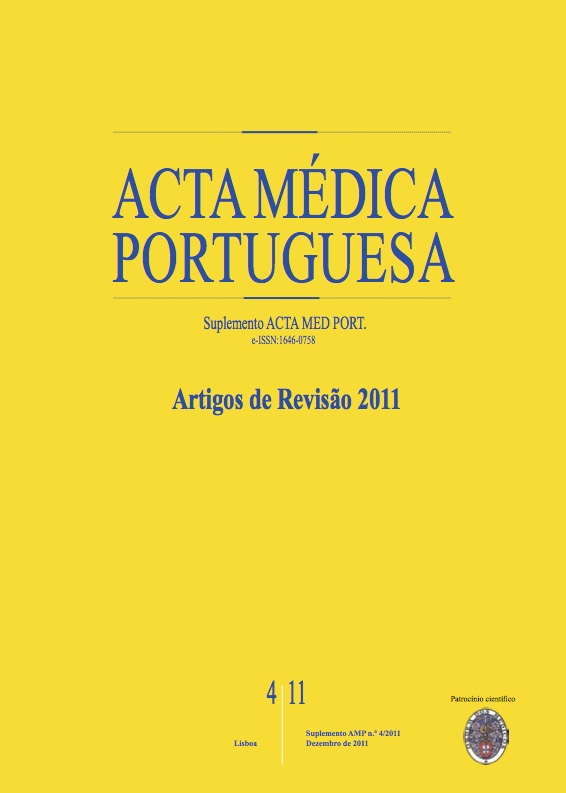Prolactin and the laboratory.
DOI:
https://doi.org/10.20344/amp.1563Abstract
Up to 95% of adult serum prolactin is monomeric prolactin with a molecular weight of 23 kDa. Macroprolactin is a prolactin-antibody complex of molecular weight greater than 100 kDa and constitutes less than 1% of circulating prolactin. In some cases, hyperprolactinemia is the result of elevated macroprolactin levels, misleading the medical approach to the patient. This may involve inappropriate and unnecessary imaging investigations and treatment, either medical or surgical. The screening of macroprolactin in all the hyperprolactinemic patients could be useful and necessary. Presently is facilitated by a simple and rapid laboratory test such as the polyethyleneglycol precipitation. Besides the macroprolactin, the hook effect is another laboratorial pitfall in the diagnosis of the hyperprolactinemia. It is characterized by the finding of falsely low levels of serum prolactin in patients with very high prolactin levels and big prolactinomas. The hook effect should be excluded in patients with prolactin levels less than 200 ng/mL and macroadenomas. It is identified by re-measuring the prolactin level after performing a serum dilution. In this article, we focus these two pitfalls in the laboratorial diagnosis of the hyperprolactinemia, remembering that they could occur and interfere with a correct approach of the patient.Downloads
Downloads
How to Cite
Issue
Section
License
All the articles published in the AMP are open access and comply with the requirements of funding agencies or academic institutions. The AMP is governed by the terms of the Creative Commons ‘Attribution – Non-Commercial Use - (CC-BY-NC)’ license, regarding the use by third parties.
It is the author’s responsibility to obtain approval for the reproduction of figures, tables, etc. from other publications.
Upon acceptance of an article for publication, the authors will be asked to complete the ICMJE “Copyright Liability and Copyright Sharing Statement “(http://www.actamedicaportuguesa.com/info/AMP-NormasPublicacao.pdf) and the “Declaration of Potential Conflicts of Interest” (http:// www.icmje.org/conflicts-of-interest). An e-mail will be sent to the corresponding author to acknowledge receipt of the manuscript.
After publication, the authors are authorised to make their articles available in repositories of their institutions of origin, as long as they always mention where they were published and according to the Creative Commons license.









